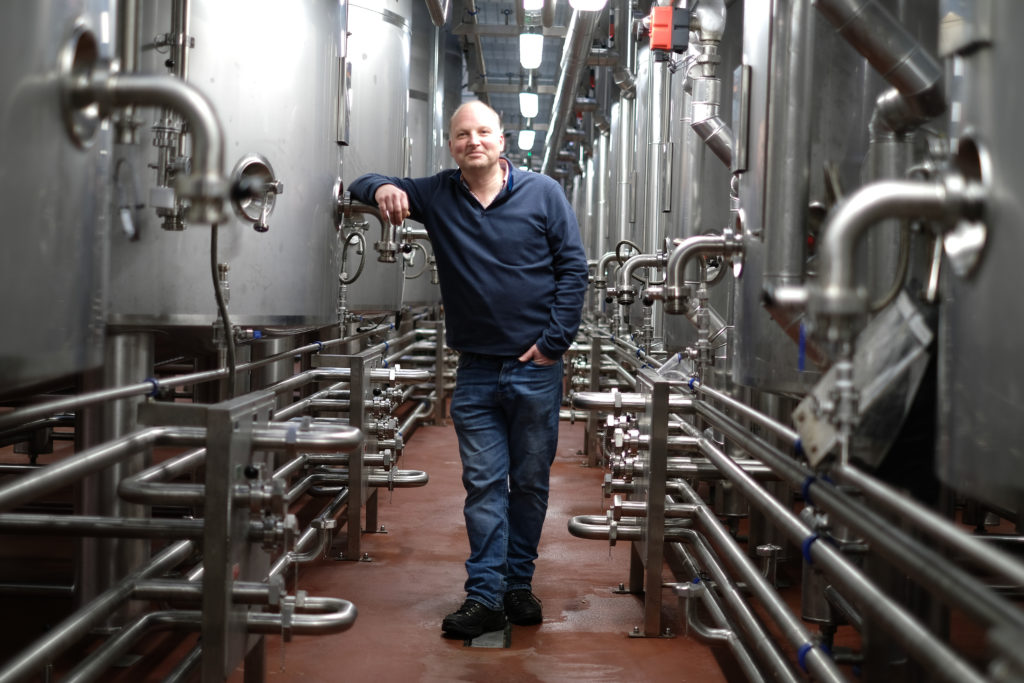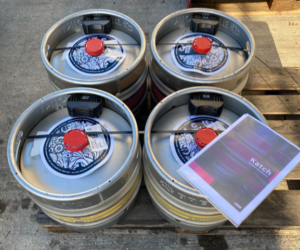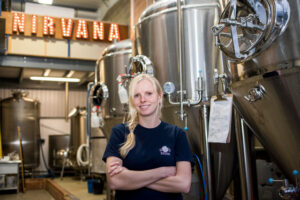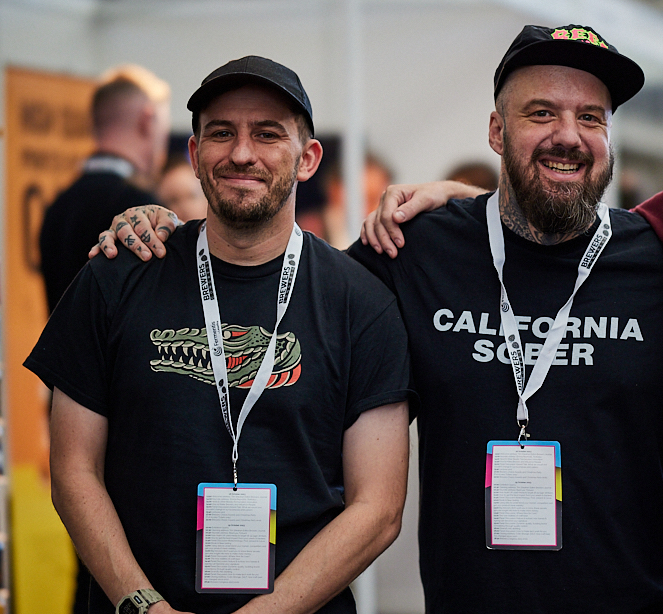When Oliver Hughes and Liam LaHart founded Ireland’s first brewpub, The Porterhouse in Temple Bar back in 1996, there was around 90 breweries in operation in the UK. 22 years on and the Dublin institution, now part of a larger family of pubs, is going as strong as ever. And those UK breweries? Things have grown ever so slightly. Well, by about 2,200 going on recent figures.
The opening of The Porterhouse in Dublin back in the mid-nineties gave consumers choice when it came to their beer, something that would have been somewhat alien to many drinkers at the time. In a landscape dominated by Guinness and Murphy’s, the option to have a locally-brewed ale, or peruse a beer list featuring offerings from Belgium and further afield was something new.
Even though convincing drinkers of this as a positive was a challenge at first.
But subsequent bar openings followed. These included additions in County Wicklow on the seafront in Bray, Nassau Street in Dublin, the Fraunces Tavern in New York and also on Covent Garden’s Maiden Lane in Central London. The latter is the largest bar in the capital. It’s also one that manages to boast standing room only, despite ample seating, on most evenings thanks to its ongoing popularity.
So, when Hughes sadly passed away in an untimely manner in the summer of 2016, it wasn’t surprising to see the news greeted in many circles with the same regret that followed the passing of esteemed beer writer Michael Jackson in the same month 9 years prior.
Therefore, it seems somewhat curious then that the Porterhouse Brewing Company only launched as a brand internationally last year. But for head brewer and director Peter Mosley, and Elliot Hughes, business development manager and son of the late Oliver, patience has been something of a virtue when it came to spreading their wings.
“We’ve had absolutely no flexibility, nor ability, to create more seasonal beers until now,” explains Hughes. “When you’re operating out of a facility than can produce 10,000hl of beer and at least 7,000hl of that beer is going into your own pubs and bars, there is no room to manoeuvre. But that’s changing, thankfully.”
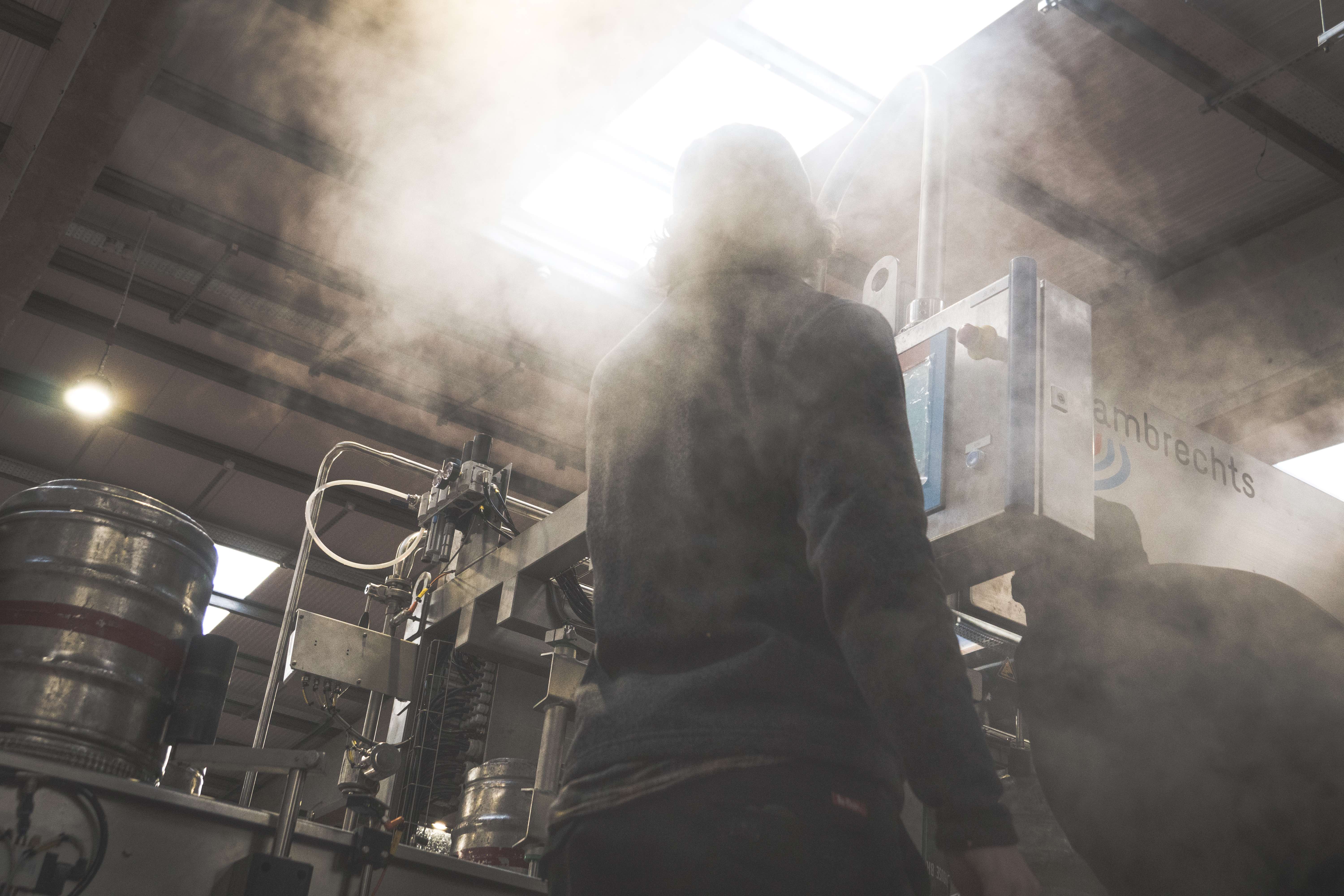
There’s something resembling relief in Hughes’ tone. Business development manager of an international business while still in his twenties, he speaks with authority on the plans for the company.
“It was completely necessary to introduce the extra capacity and capabilities that come with this new facility,” he says. “We’re big in Dublin, but outside of it that visibility drops dramatically. People don’t know enough about us because we’ve not really been able to provide the beers for drinkers elsewhere.”
The investment Hughes mentions takes the form of a €6m spend that includes ownership of a facility on Ballyboggan Road in Dublin, a new brewhouse, fermenting vessels, filtration unit, keg filler and much more.
“We have to be honest and say we’ve not realised our potential until now. Whether that’s outside of Dublin or on the export side of things bar markets we’re strong in, such as Italy. There was no point going to bars in Ireland with our beers but not having the confidence to supply accounts on a regular basis,” says Hughes. “It’s one thing reneging on an order you’ve not been able to fulfil once. But do it two or three times? You can say goodbye to that relationship. And rightfully so.”
Head brewer and director Peter Mosley has been with the Porterhouse since 1996, so has seen significant change at the business and the broader industry it is part of. And now with much of the hard work surrounding the expansion over, he’s looking forward to pressing on.
“We moved into the old site back in 2000 with the view of moving on within five years or so. But it so happened that we ended up there a fair bit longer! he explains. “But with this new facility, everything is new and that’s very exciting as a brewer.”
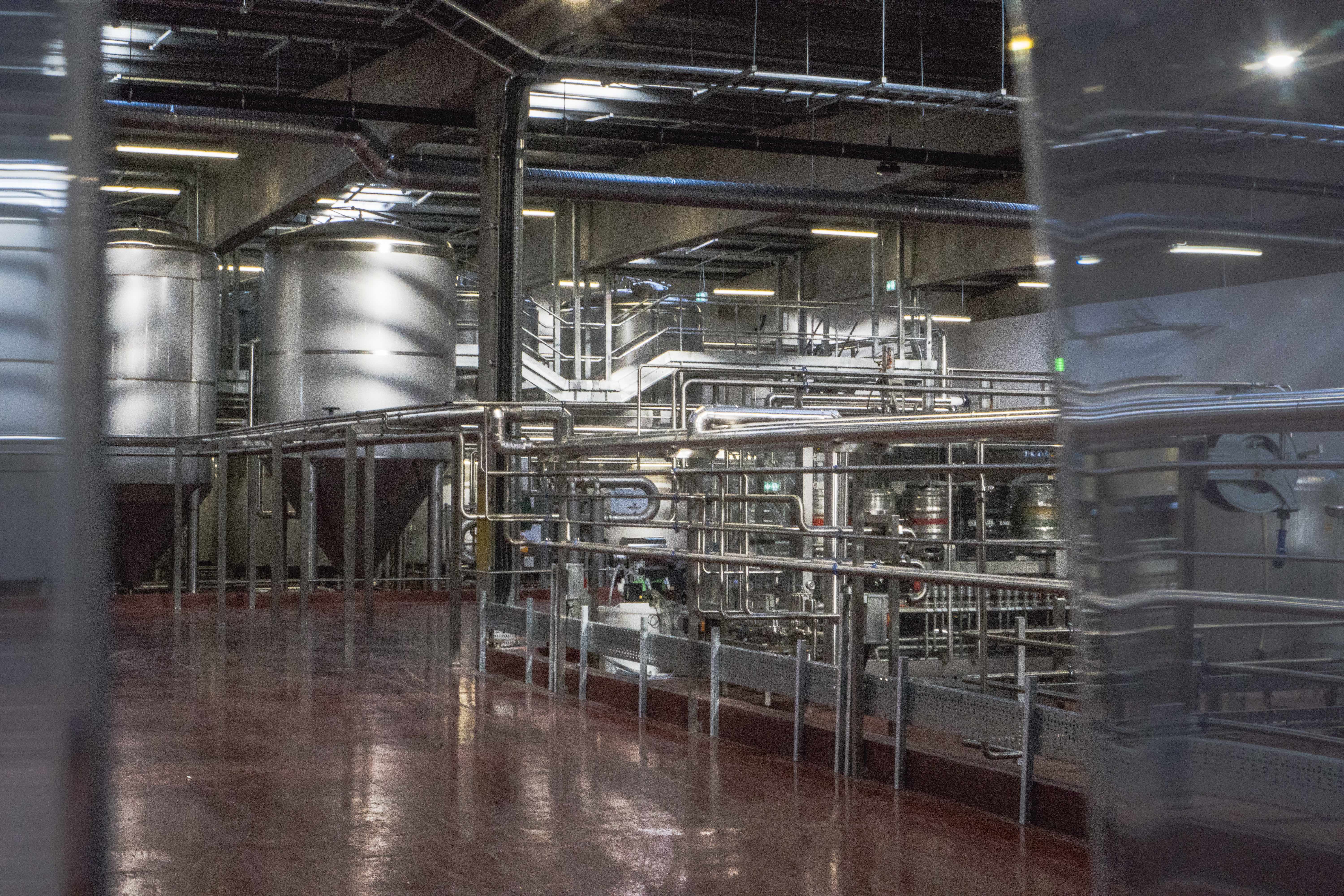
Mosley and the team commissioned Musk Engineering to design, manufacture and install the new brewhouse. A 100hl system compared to the older 65hl brewhouse it was brewing on at the previous site. This is complemented by five fermenting vessels that range from 50hl to 200hl in capacity. Other investment includes a crossflow filtration unit from Pentair and a keg filler from Lambrechts. And keg dispense is something that has defined The Porterhouse since its infancy.
“When we started in 1996, we were considered unusual as our focus was on keg rather than cask beer,” says Hughes. “We didn’t want to sell cask beer into Ireland. We never wanted to do that and lots of breweries that specialised in cask died out in the late 60s and early 70s. And at the time we opened, when drinks like stout from the multinationals were incredibly popular, we were something of a departure.”
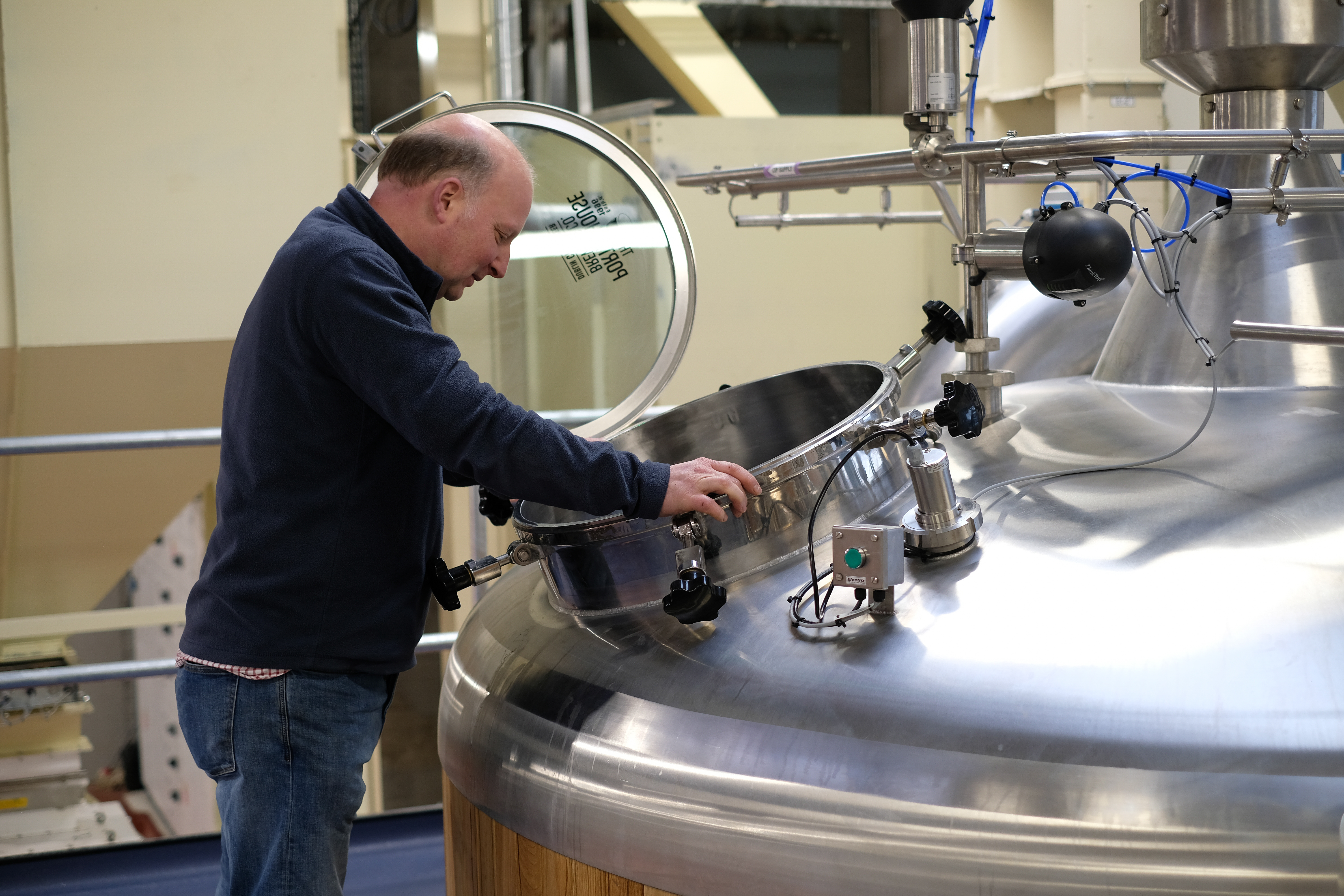
Mosley joined the Irish business after leaving a position at Mitchell’s of Lancaster in the UK. As he describes, his time there was a positive experience but the future of such breweries seemed uncertain so he took the opportunity to “weather the storm” and spend some time in Dublin with the “ambitious lads” that were Oliver Hughes and Liam LeHart. But more than 21 years on, Mosley still feels that there’s much work to be done.
“To still be brewing beer more than two decades on is something of an achievement in my eyes. The brewing business has been a lonely one to be in until recently with companies and friends coming and going,” he explains. “We’re now seeing steady growth but it hasn’t always been that way. Go back to the nineties when we were brewing Pale Ales and you couldn’t even give them away. People weren’t interested.”
He adds: “But things change. Not long ago Chiller (a 4.3% lager featuring Galena, Nugget, Cascade, Tettnang hops) represented 50% of our production. It single-handedly paid the bills. But now that accounts for around 5% of what we brew, with most of that going to the Porterhouse in Covent Garden in London.”
Mosley is also keen to point out that while many drinkers will associate The Porterhouse Brewing Company with the production of Stout and Porter, recent numbers ahead of the site move shows that around half of what they were brewing were its Porterhouse Pilsner and Temple Brau lagers.
“We have a large range and, of course, some of those beers move faster than others. We’ve often had the conversation about consolidating what we produce but at the same time, beers such as Brain Blasta (a 7% ale that uses Pale Malt, Roast Barley, Black Malt, Flaked Barley to complement the addition Galena, Nugget and East Kent Goldings hops) have a special place for many drinkers,” he adds. “So it’s a fine balance.”
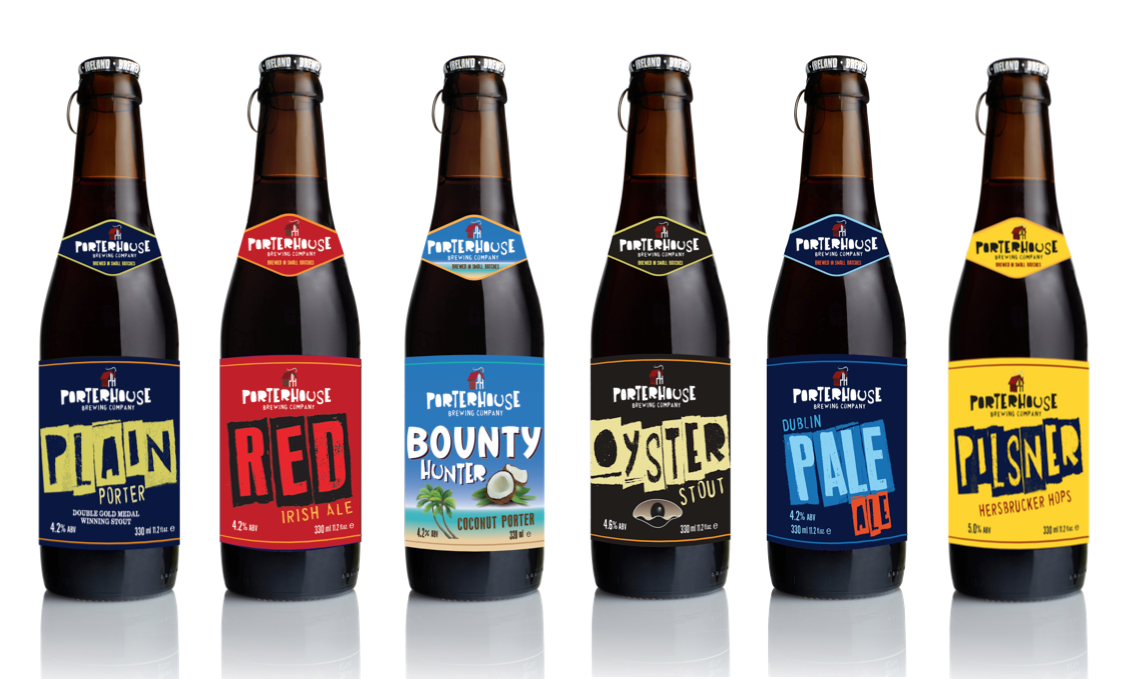
And going forward, it’ll be pleasing those drinkers, and attracting new ones that Mosley expects will drive growth at the business.
“We really want to see growth in Irish domestic market. When I speak to other brewers, we all agree that you need to establish yourself in your locality first. But outside our pubs that wasn’t viable before the move. It’s great having the outlet in the Porterhouse pubs but the additional capacity will mean we can go after new accounts across Dublin and beyond,” he says. “70% of our beer has been going through our bars but we expect to see that move.”
Mosley adds: “In the early days, Oliver and Liam said the pubs and bars should act as a shop window for the beers we brew. They believed it could act as a means to get them into the hearts of minds of local drinkers, but also those that can enjoy them to the UK, the US and beyond. But because the visibility of those beers was so strong thanks to our pubs, people probably assume we are a bigger outfit than we actually are. We’re just a group making beer and working hard as everyone else!”
And continuing to work hard is something Mosley and the team plan to do. They’ve moved from a capacity of 10,000hl to a space that will enable them to produce up to 30,000hl. For the company’s head brewer, he’s personally aiming to hit the 20,000hl mark and then take it from there.
“It’s one thing brewing lots of beer but it’s another making it work on a commercial level, too. The two don’t always go hand-in-hand,” he says. “And the longer we continue to find our feet in this new facility, the longer the shopping list becomes.”
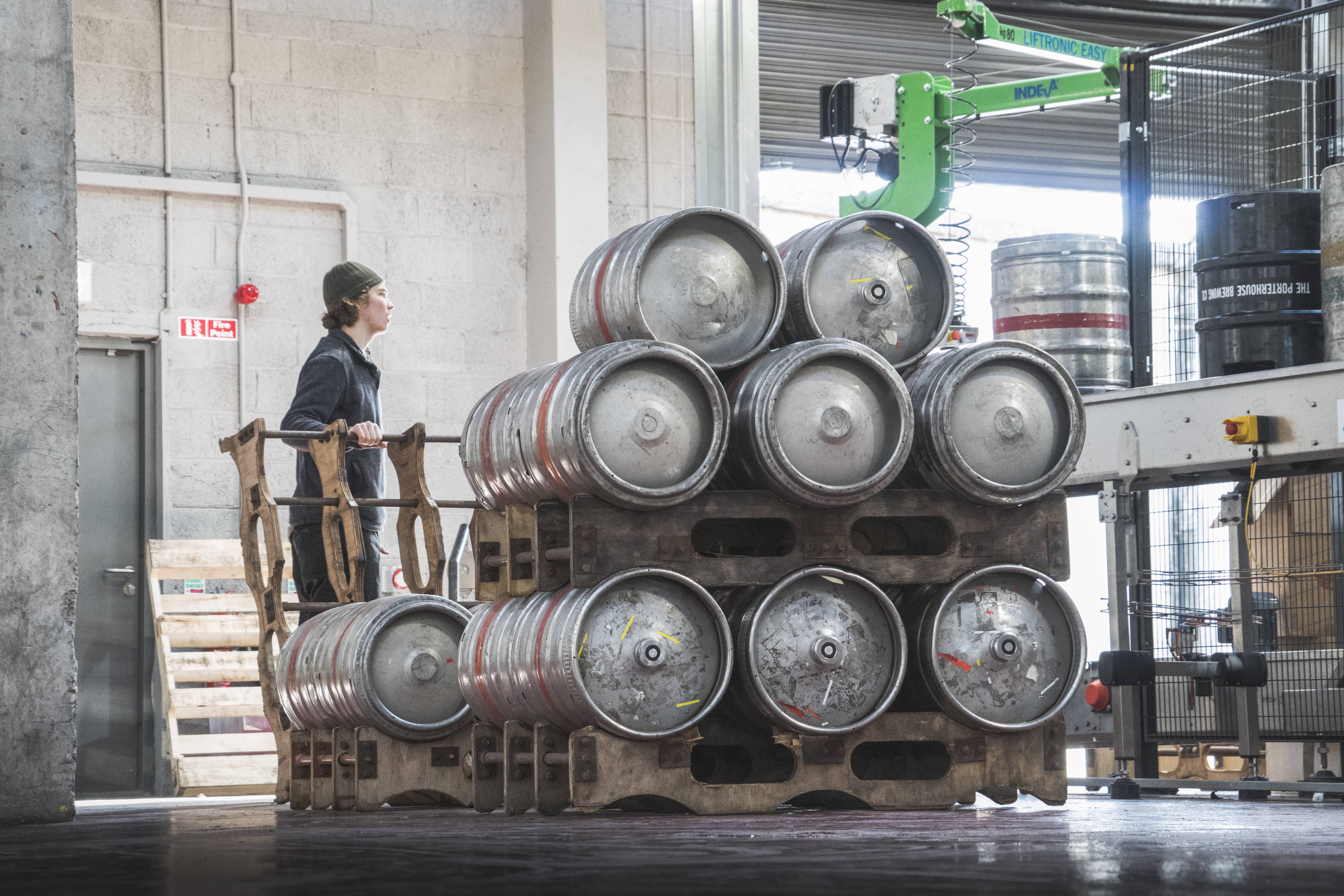
Mosley explains: “These last months have been a slog and they’ve had their challenges but make no mistake, this is an easy business to enjoy. When it comes to brewing, there is always something new to see, to explore and to understand. The investment has allowed me to look at things differently. It has been reinvigorating.”
And for Elliot, he’s hoping that the coming years will see the Porterhouse name reinvigorated in the eyes of drinkers both old and new.
“In the last five or six years we’ve probably fallen back when it comes to the wider craft brewing industry,” he says. “We’ve had this brand for good 21 years, so it’s time to get out there, show people what we can do and tell our story all over again.”

